All Science
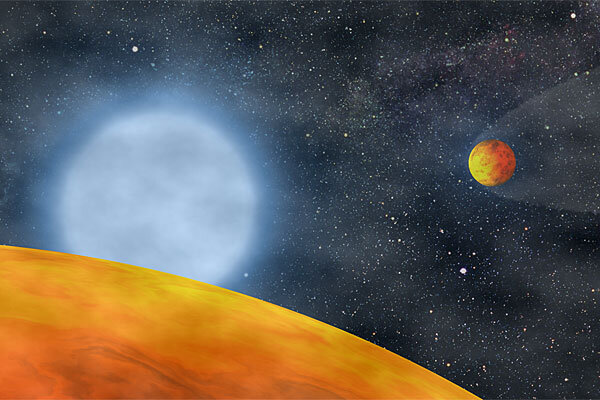 Astronomers spot humongous star devouring planet
Astronomers spot humongous star devouring planetAstronomers have spotted a red giant star, some 11 times the mass of our own sun, swallowing up a planet. A similar fate awaits Earth, about five billion years from now.
 Arctic ice to reach record lows, say scientists
Arctic ice to reach record lows, say scientistsSea ice in the Arctic Ocean is likely to hit record lows next week, and then keep on melting, according to the US National Snow and Ice Data Center.
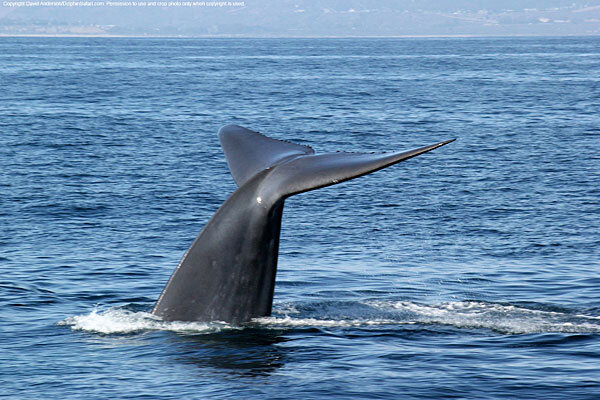 Blue whales, whale watchers flocking to California coast
Blue whales, whale watchers flocking to California coastLured to the shore by a bumper harvest of krill, blue whales are turning out in large numbers along California's shoreline, much to the delight of those wishing to catch a glimpse of the largest known animal.
 Curiosity Mars rover flexes its arm for the first time
Curiosity Mars rover flexes its arm for the first timeNASA's Curiosity Mars rover unfolded its seven-foot, five-jointed robotic arm on Monday, passing a critical test before the rover embarks on its first drive on the Red Planet.
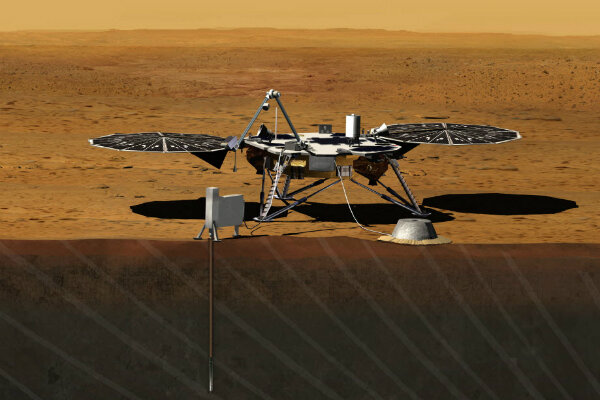 NASA to launch new mission to Mars to probe below the crust
NASA to launch new mission to Mars to probe below the crustNASA'S first mission deep below the surface of Mars aims to understand how the Red Planet formed and how that geological history compares with that of another rocky planet – Earth.
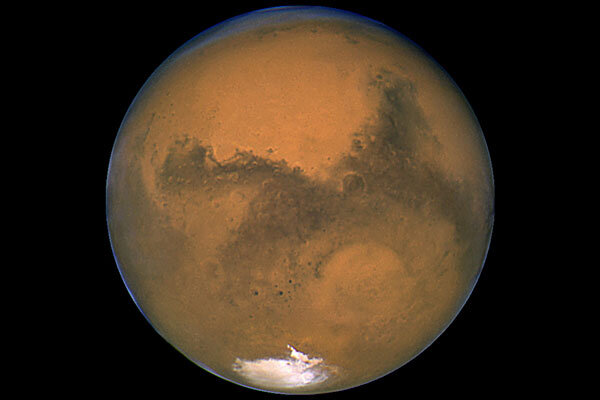 Next Mars mission to probe Red Planet's core
Next Mars mission to probe Red Planet's coreScheduled to land on Mars sometime in 2016, NASA's next planetary mission will measure seismic waves and heat flows through the Red Planet's interior.
 When did modern humans first arrive in Asia? Skull pieces could hold clues.
When did modern humans first arrive in Asia? Skull pieces could hold clues.An anatomically modern human skull uncovered in Laos's 'Cave of the Monkeys,' could shed light on human migration patterns out of Africa.
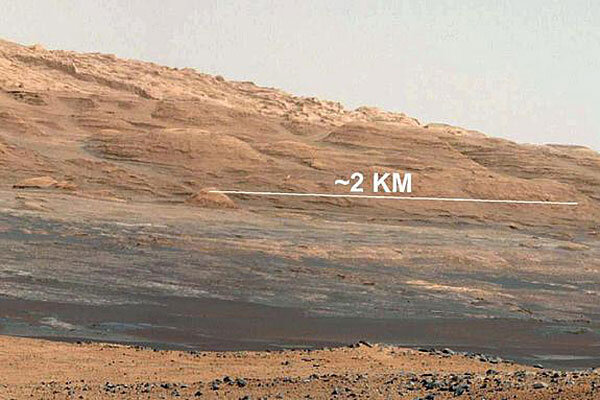 Curiosity Mars rover gets ready to roll
Curiosity Mars rover gets ready to rollNASA's Curiosity Mars rover, which hasn't yet moved from its landing spot, is set to make its first tracks on the Red Planet on Tuesday or Wednesday.
 Leaky valve on space station delays spacewalk
Leaky valve on space station delays spacewalkA sign of a leaky valve on the International Space Station held up Russian cosmonauts for nearly an hour Monday, as flight controllers sought to isolate the suspected leak.
 Curiosity rover begins vaporizing Mars, one rock at a time
Curiosity rover begins vaporizing Mars, one rock at a timeA Martian rock dubbed 'Coronation' became the first victim of the Curiosity rover's ChemCam, which vaporizes rocks with a laser and examines the sparks to determine the chemical composition of the Red Planet's surface.
 Did researchers spot Amelia Earhart's plane?
Did researchers spot Amelia Earhart's plane?Researchers on an expedition to the South Pacific to discover the fate of Amelia Earhart and her navigator say they have spotted a field of manmade debris in an underwater video taken in waters off the Republic of Kiribati.
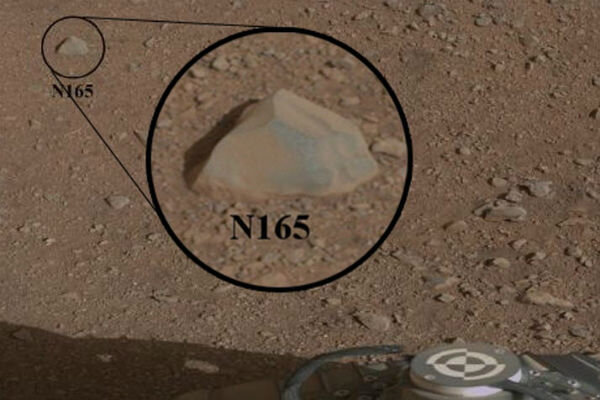 Mars rover Curiosity zaps ‘Coronation’ rock with rapid-fire laser
Mars rover Curiosity zaps ‘Coronation’ rock with rapid-fire laserUsing a rapid-fire laser and telescope instrument called ChemCam, Mars rover Curiosity zaps its 'Coronation' rock, creating sparks of ionized gas that will be used to measure the rock's chemical contents.
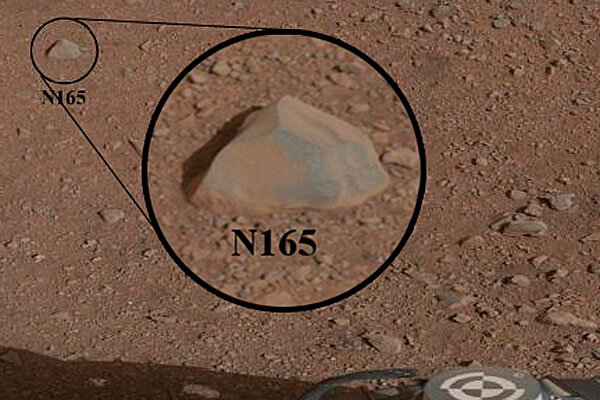 Why Curiosity zaps Mars rock with 30 laser blasts
Why Curiosity zaps Mars rock with 30 laser blastsCuriosity fired the first laser gun ever on Mars Sunday. Curiosity fires laser pulses that turn solid rock into an ionized plasma in order to analyze its composition.
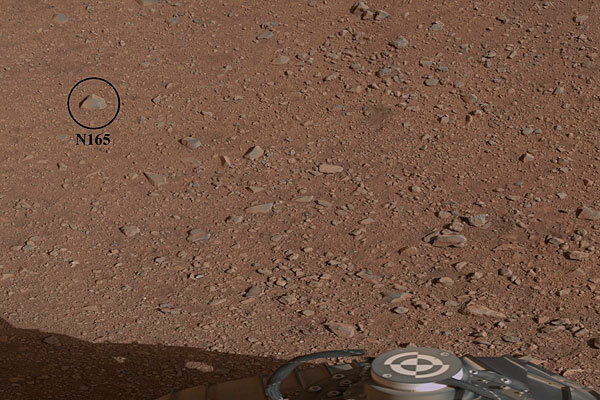 What Curiosity rover is up to next: Martian target practice
What Curiosity rover is up to next: Martian target practiceCuriosity rover is nearing the moment when it will roll its wheels for the first time. But first, there are more tests, including a first zap of a distant rock with ChemCam.
 Amatuer explorers discover new family of spiders in Oregon cave
Amatuer explorers discover new family of spiders in Oregon caveNamed for its fearsome front claws, trogloraptors are the first new family of spiders discovered in North America since 1870.
 NASA's Curiosity rover prepares to fire laser beam at Martian surface
NASA's Curiosity rover prepares to fire laser beam at Martian surfaceBefore embarking on its maiden drive on the Red Planet, NASA's Curiosity Mars rover will fire its rock-vaporizing laser beam. A chemical sensor will sniff the vaporized bits to determine their composition.
 A Q&A with mohawk-festooned rocket scientist Bobak Ferdowsi
A Q&A with mohawk-festooned rocket scientist Bobak FerdowsiBobak Ferdowsi, a Curiosity Mars rover flight director at NASA's Jet Propulsion Laboratory in Pasadena, Calif., is now known worldwide as 'Mohawk Guy,' for his patriotic hairstyle seen by the millions who watched the rover's successful landing on August 5.
 Astronomers spot humongous 'supermom' galaxy fervently spawning stars
Astronomers spot humongous 'supermom' galaxy fervently spawning starsAstronomers have detected a luminous galaxy some 5.7 billion light years away that produces about 740 new stars each year.
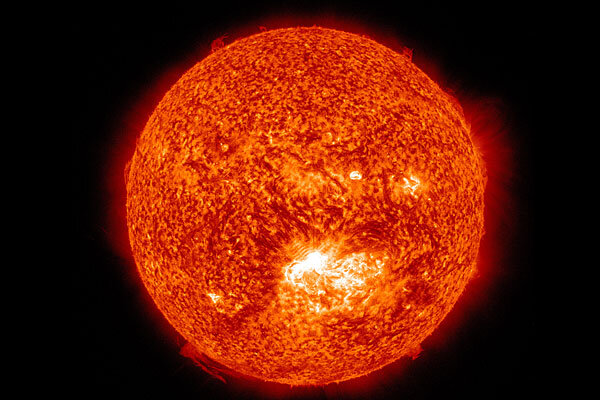 Mystery continues: Why is the sun 'too round'?
Mystery continues: Why is the sun 'too round'?New measurements show the shape of our sun is 'too round' to match the theories about the forces at work on the sun.
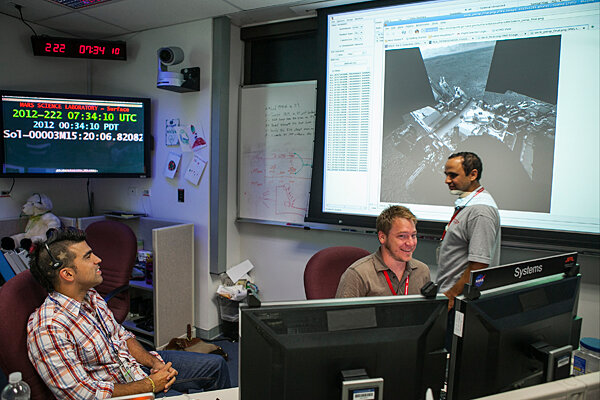 'We're NASA and We Know It' video spoofs JPL Mars team. How cool is that?
'We're NASA and We Know It' video spoofs JPL Mars team. How cool is that?'We're NASA and We Know It' is a slickly produced rap video that mocks, and celebrates, the landing of the Mars rover Curiosity and the 'outside-the-box' team at JPL that made it happen.






















